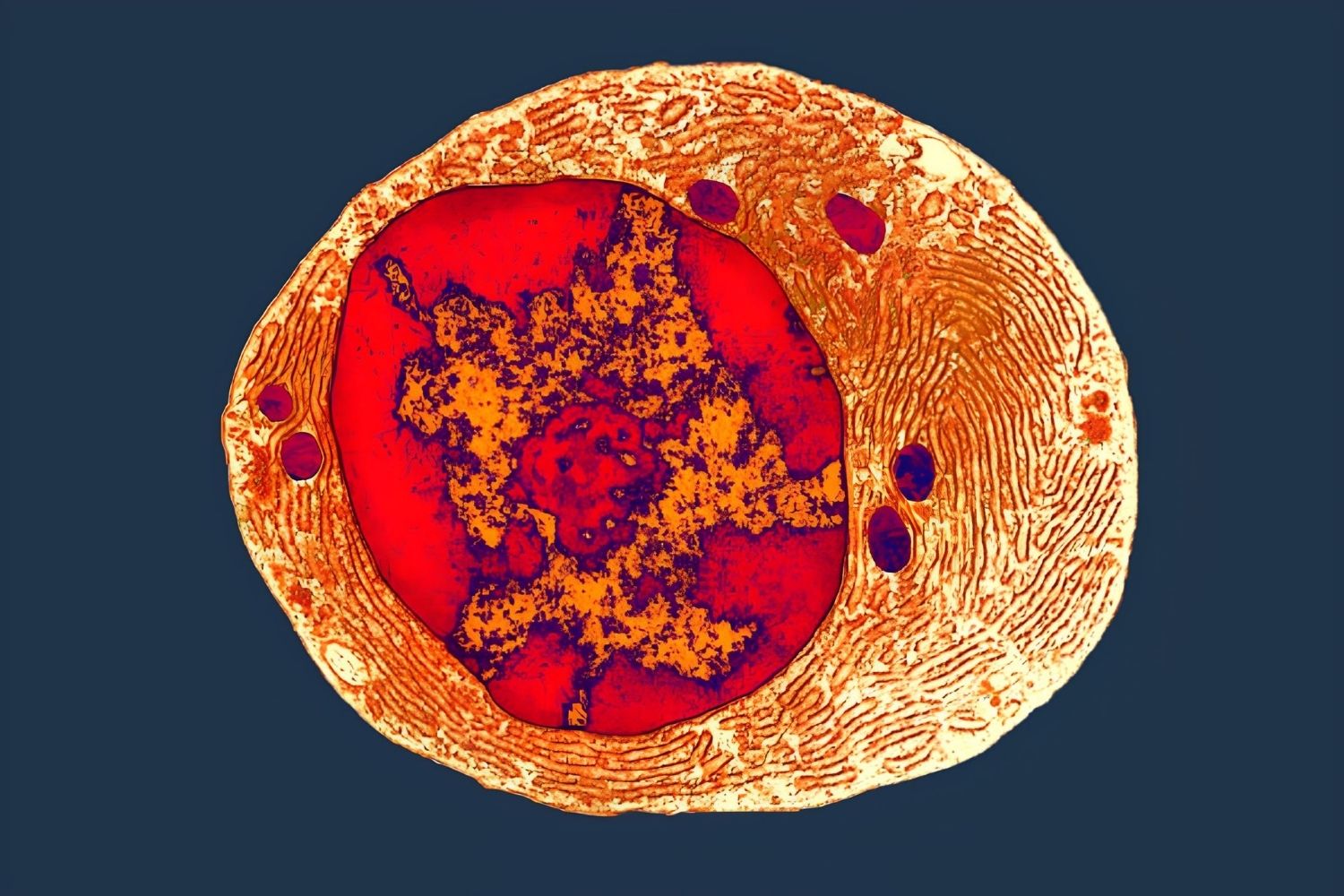
What is the Last Universal Common Ancestor (LUCA)? The Last Universal Common Ancestor, or LUCA, represents the most recent organism from which all life on Earth descends. Imagine a single, ancient microbe that lived around 3.5 to 4 billion years ago. This tiny organism is the great-great-great-grandparent of every plant, animal, fungus, and bacterium alive today. LUCA wasn't the first life form but the last one before life branched into the diverse forms we see now. Scientists study LUCA to understand the origins of life and how complex organisms evolved. Fascinating, right? Let's dive into 29 intriguing facts about this ancient ancestor!
What is the Last Universal Common Ancestor (LUCA)?
The Last Universal Common Ancestor (LUCA) is the most recent organism from which all organisms now living on Earth have a common descent. LUCA is not the first life form, but it is the most recent one that is ancestral to all current life forms.
- LUCA lived approximately 3.5 to 4 billion years ago.
- It is believed to have been a single-celled organism.
- LUCA likely thrived in hydrothermal vent environments.
- It had a simple structure, lacking a nucleus or other complex organelles.
- LUCA's genetic material was probably RNA, not DNA.
LUCA's Genetic Makeup
Understanding LUCA's genetic makeup helps scientists trace the evolutionary history of life on Earth. It provides clues about the earliest forms of life and their environments.
- LUCA had a genetic code similar to modern organisms.
- It possessed genes for basic cellular functions like replication and metabolism.
- LUCA's genome contained around 500 to 1,000 genes.
- It used ribosomes for protein synthesis.
- LUCA's genetic code was likely universal, meaning it used the same codons as modern organisms.
LUCA's Environment
The environment in which LUCA lived provides insights into the conditions that supported the earliest life forms. This helps scientists understand how life could have originated on Earth.
- LUCA likely lived in an anaerobic (oxygen-free) environment.
- It thrived in extreme conditions, such as high temperatures and pressures.
- Hydrothermal vents provided the necessary chemicals and energy for LUCA's survival.
- LUCA's environment was rich in minerals and gases like hydrogen and methane.
- It may have used chemosynthesis to produce energy, similar to some modern bacteria.
LUCA's Metabolism
LUCA's metabolic processes were fundamental to its survival and reproduction. Studying these processes helps scientists understand the evolution of metabolic pathways in modern organisms.
- LUCA likely used simple metabolic pathways to convert chemicals into energy.
- It may have relied on sulfur or hydrogen as energy sources.
- LUCA's metabolism was likely based on fermentation, not respiration.
- It had enzymes for basic biochemical reactions.
- LUCA's metabolic pathways were the precursors to those found in modern organisms.
LUCA's Legacy
LUCA's legacy is evident in the shared characteristics of all living organisms. These shared traits provide evidence of common ancestry and help scientists trace the evolutionary history of life.
- All living organisms share a common genetic code, inherited from LUCA.
- Ribosomes, essential for protein synthesis, are found in all life forms and originated with LUCA.
- The basic structure of cell membranes is conserved across all organisms, tracing back to LUCA.
- LUCA's genetic material was passed down through generations, leading to the diversity of life today.
- The tree of life, which maps the evolutionary relationships between organisms, starts with LUCA.
Modern Research on LUCA
Modern research on LUCA involves various scientific disciplines, including genetics, biochemistry, and paleontology. This research helps scientists piece together the puzzle of life's origins.
- Scientists use comparative genomics to identify genes shared by all living organisms, tracing them back to LUCA.
- Fossil evidence provides clues about the environments in which early life forms, including LUCA, lived.
- Advances in technology, such as high-throughput sequencing, allow for more detailed studies of LUCA's genetic makeup.
- Research on extremophiles, organisms that live in extreme conditions, provides insights into the possible environments of LUCA.
The Final Word on LUCA
LUCA, or the Last Universal Common Ancestor, is a fascinating concept that connects all life on Earth. This ancient organism, which lived around 3.5 to 3.8 billion years ago, is the shared ancestor of every living thing today. LUCA's existence helps scientists understand the origins of life, the evolution of complex organisms, and the genetic similarities we all share. By studying LUCA, researchers can trace the evolutionary tree back to its roots, revealing the common threads that bind us all. This knowledge not only deepens our understanding of biology but also highlights the interconnectedness of all life forms. So, next time you think about your place in the world, remember that we all share a tiny bit of LUCA's legacy. It's a humbling reminder of our shared origins and the incredible journey of life on Earth.
Was this page helpful?
Our commitment to delivering trustworthy and engaging content is at the heart of what we do. Each fact on our site is contributed by real users like you, bringing a wealth of diverse insights and information. To ensure the highest standards of accuracy and reliability, our dedicated editors meticulously review each submission. This process guarantees that the facts we share are not only fascinating but also credible. Trust in our commitment to quality and authenticity as you explore and learn with us.
